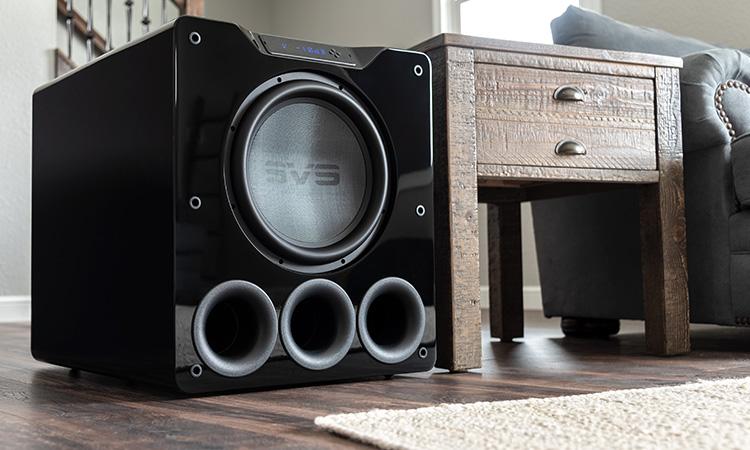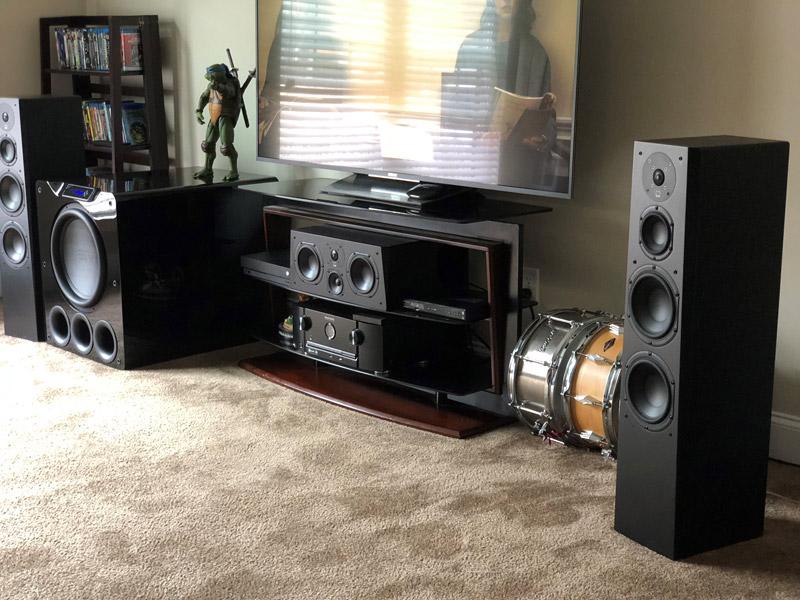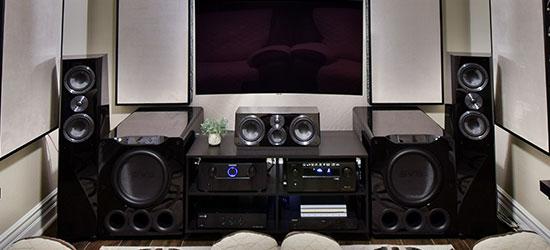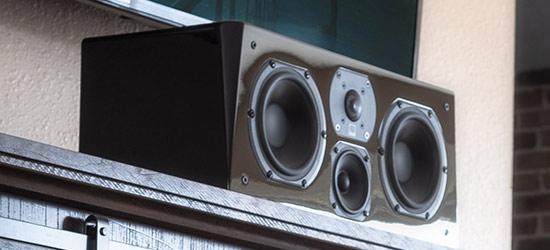Jazz & Classical Music Basslines to Show off Your Subwoofer

Despite being distinctly unique in their sound, jazz and classical music have well-defined structural elements, and both rely heavily on the artist's interpretation. In the renaissance and Baroque periods, musicians often spontaneously improvised on a theme or bassline, much as jazz musicians have always done.
Yet another thing jazz and classical music have in common is lots of deep bass, making them perfect for showing off your home audio subwoofer's capabilities. So, we've assembled a Spotify playlist that includes jazz and classical tracks with some of the deepest bass you'll find in recorded music, not to mention healthy doses of the midrange and high frequencies, all of which will prove that your entire audio system can play down to the threshold of human hearing, and maybe even below.
Feeling Classical and Jazz Music from Infrasonic Bass Notes
Of course, a good subwoofer should be able to reproduce frequencies all the way down to 20Hz and below, known as infrasonic frequencies, with plenty of volume. Two of the best tests of this capability are the beginning of Also Sprach Zarathustra by Richard Strauss and the fourth movement of Camille Saint-Saëns' Symphony No. 3, the so-called "Organ Symphony," both of which feature a pipe organ part that includes a contrabass C at 16 Hz!
Aside from low-frequency extension down to 20 Hz or lower, a good subwoofer should pump out those frequencies at high sound pressure levels (SPLs) that rattle your bones—just listen to The 1812 Overture by Pyotr Ilyich Tchaikovsky with the volume cranked! And it must reproduce those frequencies accurately without adding any distortion; to test this, be sure to listen to super-smooth, super-low bass in "Flight of the Cosmic Hippo" by Béla Fleck and the Flecktones. Also, it must respond to the all-important transients with lighting speed to do justice to fast-moving and rapid-fire bass such as you hear in "Birdland" by Weather Report.
Bass that Blends Seamlessly with Speakers

In addition, the subwoofer must blend seamlessly with the main speakers, which extend the frequency range of the entire system up to 20kHz or even higher. The goal here is to faithfully reproduce the full audible range, as in Toccata & Fugue in D Minor by Johann Sebastian Bach. And don't forget about the accuracy of human voices; "These Bones" by the Fairfield Four is a superb example of a cappella male vocals with one of the deepest bass singers around.
And just like the subwoofer(s), the main speakers should be able to reach high volume levels with low distortion, producing a clarity that makes the hair on the back of your neck stand up. Plus, all the speakers and subwoofers should be able to handle a wide dynamic range. For a great example of this, return to Also Sprach Zarathustra—aka the theme from 2001: A Space Odyssey—which grows from super quiet to crashing loud.
The Magic of Soundstage and Imaging
Equally important is the soundstage and imaging. A high-quality speaker system creates a wide and deep soundstage in front of you with the sound of each instrument coming from a distinct location. To get a strong dose of this effect, check out "Fading Sun" by Terje Isungset and Lena Nymark, which is also quite delicate with some quiet but amazingly deep bass drum.
The playlist includes other tracks that really test the mettle of your subwoofer and speakers, so give a listen! Of course, there are many more worthy tracks, and we invite you to share your favorites with us in the comments.
Audio System Setup Articles

5 Ways to Improve the Sound of Your TV

Which Sounds Better, Vinyl or Digital Music?

Why a Center Channel is the Most Important Speaker in Your Home Theater
Share Your Thoughts




